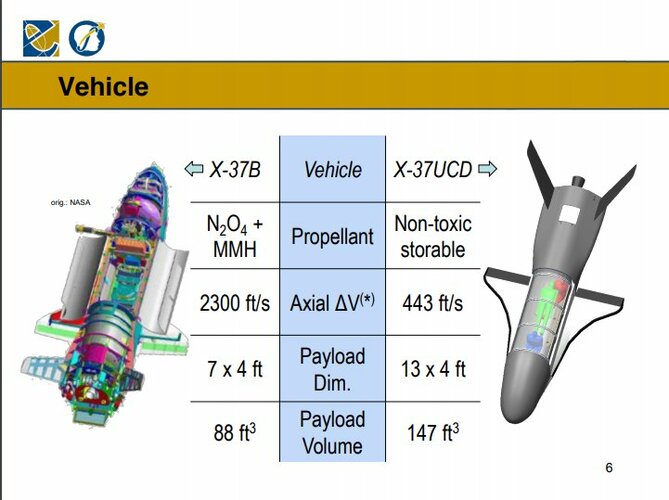- Joined
- 29 September 2006
- Messages
- 1,786
- Reaction score
- 1,352
From a Thermodynamics point of view, this is not true. More energy has been introduced into the system, period.The energy involved would be more than offset from the loss of whatever energy source would have been providing the energy in it's absence.
Here "the system" is spaceship Earth.
But the burning of stored energy, fossil fuels, has been avoided. And the release of greenhouse gasses too - allowing more energy to escape the system into space.
From a Thermodynamics point of view again, this is not relevant. More energy gets introduced into the system, and that's going to accelerate the warming. Whether this energy gets absorbed first in the atmosphere or in some receiver antenna, that will modify which component of the system gets it first. But for the system as a whole, it makes no difference.using microwaves to transmit the power, and they are hardly absorbed in our atmosphere at all.
And as in the first point, if this extra input energy results in less use of fossil fuels, less stored energy will be burnt on Earth, and less greenhouse gasses emitted.






